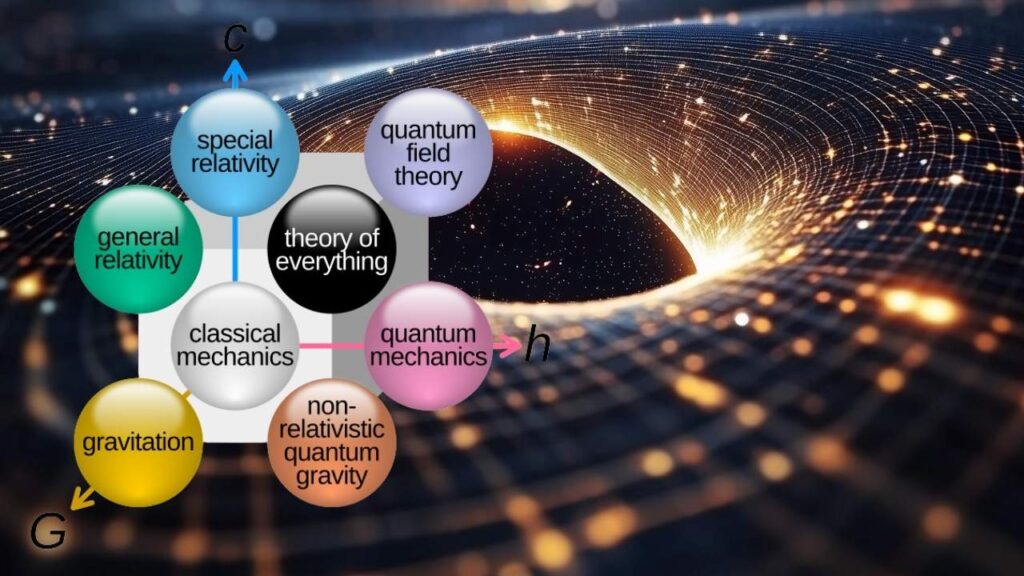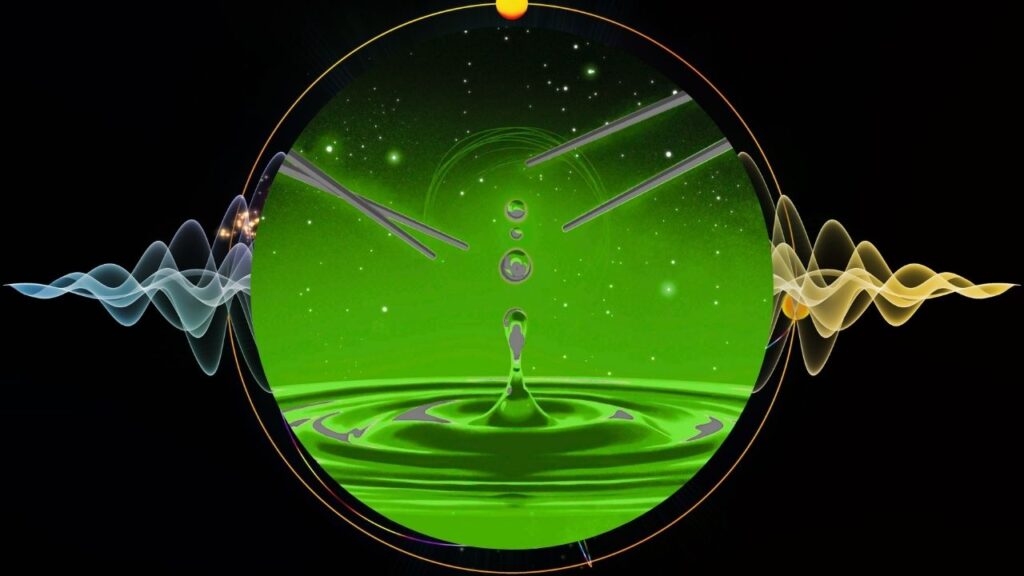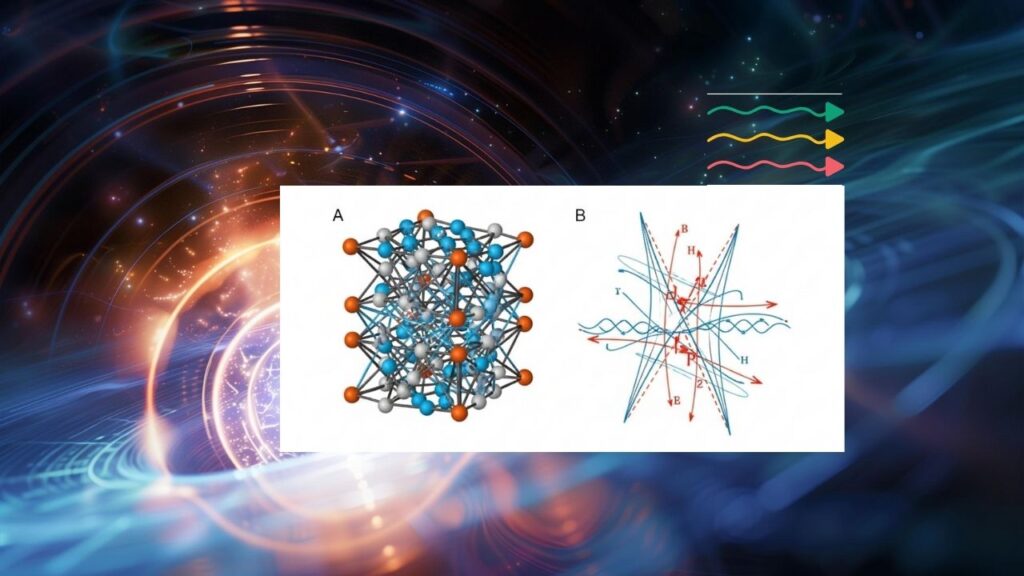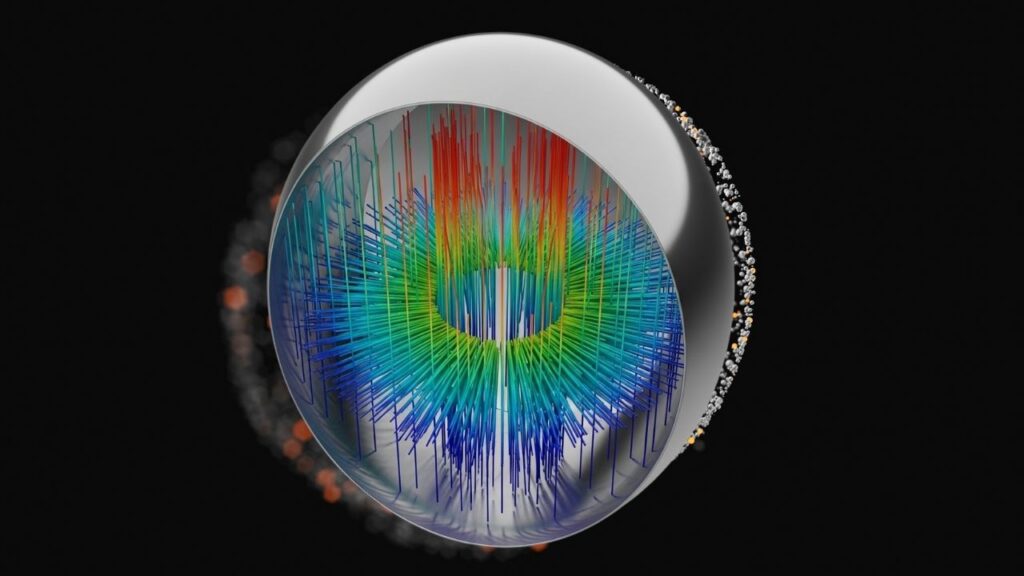Quantum Graviton Detection Proposed via Acoustic Resonator Setup: Quantum graviton detection is one of the most ambitious quests in modern physics. Gravitons are the hypothetical quantum particles thought to mediate the gravitational force, much like photons carry the electromagnetic force. Despite decades of research, gravitons remain elusive, and no direct detection has yet been made. However, a cutting-edge proposal leveraging acoustic resonators offers a promising new way to detect these tiny particles, potentially reshaping our understanding of gravity and the quantum universe.

This article will explain the concept, the science behind the detection method, the current state of research, and the practical challenges ahead. Whether you are a curious learner or a seasoned physicist, this guide aims to be accessible, precise, and comprehensive.
Quantum Graviton Detection Proposed via Acoustic Resonator Setup
| Feature | Details |
|---|---|
| Detection Principle | Quantum jumps in acoustic resonators induced by graviton interactions (gravito-phononic effect) |
| Resonator Materials | Aluminum, Beryllium with ultra-high Q-factors |
| Operating Temperature | Millikelvin range (near absolute zero) |
| Quantum Sensors | Superconducting qubits, quantum nondemolition measurement techniques |
| Noise Suppression | Cryogenic cooling, vibration isolation, low-noise materials |
| Experimental Status | Theoretical proposal supported by recent quantum phonon control experiments |
| Potential Impact | Direct evidence of graviton existence and quantization of gravity |
| Research References | arXiv:2308.15440, Stevens Institute |
The quantum graviton detection via acoustic resonator setup is a visionary proposal combining quantum physics, materials science, and cutting-edge sensing technology. Although challenging, it represents a concrete path toward one of science’s holy grails: proving the quantum nature of gravity.
This approach harnesses the gravito-phononic effect to detect the quantum footprints of gravity on massive, ultra-cold resonators. Supported by recent experimental advances in quantum control and measurement, this method may soon open a new window into the quantum universe.
For professionals and enthusiasts alike, following developments in this field promises to deepen our grasp of fundamental physics and possibly reveal new laws governing the cosmos.
Understanding Quantum Gravitons and Their Importance

Gravity is the force that governs the motion of planets, stars, and galaxies, described remarkably well by Einstein’s General Relativity. However, General Relativity treats gravity as a smooth curvature of spacetime rather than a force transmitted by particles. On the other hand, quantum mechanics successfully explains the other three fundamental forces—electromagnetism, and the strong and weak nuclear forces—through particle exchanges.
The graviton is the missing link in this framework. It is a proposed elementary particle with spin 2 and zero rest mass, mediating gravitational interactions in quantum theories of gravity. Detecting gravitons would validate the quantization of gravity, an essential step toward a unified physical theory.
However, gravitons are extraordinarily difficult to detect because gravitational interactions are extremely weak compared to other forces. A single graviton’s energy is minuscule, and its interaction probability with matter is vanishingly small.
The Acoustic Resonator Proposal: How It Works
The Gravito-Phononic Effect

Recently, physicists Germain Tobar and Igor Pikovski proposed a novel detection scheme based on the gravito-phononic effect. The idea is that a gravitational wave or individual graviton can cause quantum excitations in an acoustic resonator—a device that vibrates mechanically at well-defined frequencies.
These resonators act somewhat like quantum “microphones,” sensitive to the smallest vibrations induced by gravitons. When a graviton interacts with such a resonator, it causes a discrete energy jump from the resonator’s ground state (lowest energy) to an excited state. Detecting these quantum jumps requires precise quantum measurement techniques.
What Are Acoustic Resonators?
An acoustic resonator is a mechanical device that supports standing sound waves or vibrations. Imagine a tuning fork or a bell; when struck, it resonates at specific frequencies. At the quantum level, these resonators have quantized vibrational states called phonons—the quantum equivalent of sound waves.

For graviton detection, resonators are fabricated from ultra-pure metals like aluminum or beryllium, formed into cylindrical shapes. These materials are chosen because of their:
- High mechanical quality factors (Q-factors), meaning they sustain vibrations longer with minimal energy loss.
- Low internal damping and noise characteristics.
- Compatibility with cryogenic cooling to reduce thermal vibrations.
Achieving the Quantum Ground State
To observe graviton-induced vibrations, the resonator must be cooled to its quantum ground state, where thermal noise is minimized. Thermal vibrations at room temperature would overwhelm the subtle quantum excitations caused by gravitons.
Cooling methods include:
- Dilution Refrigerators: Devices capable of reaching millikelvin temperatures (thousandths of a degree above absolute zero).
- Laser Cooling: Techniques used to cool mechanical motion through interaction with light.
At these temperatures, the resonator’s thermal phonons are almost entirely suppressed, enabling the detection of a single quantum phonon excited by a graviton.
Quantum Sensing: How Do We Detect the Vibrations?
Detection involves coupling the mechanical resonator to quantum sensors, such as superconducting qubits, which are sensitive to single phonons.
- Superconducting Qubits: Tiny circuits that exhibit quantum behavior and can be used to measure changes in the resonator’s vibrational states without destroying them.
- Quantum Nondemolition Measurements: Techniques that monitor the phonon number continuously without collapsing the quantum state prematurely.
These technologies enable the resonator to serve as a quantum sensor that can detect the faintest energy exchange—potentially caused by a graviton.
Current State of Experimental and Theoretical Research
Though the graviton detection via acoustic resonators is theoretical, it is grounded in real, recent advances:
- Control of Acoustic Phonons: Experiments have demonstrated that phonons in resonators can be manipulated and measured at the single quantum level.
- Ground State Cooling of Mechanical Systems: Research groups have achieved cooling of mechanical oscillators to near their quantum ground state.
- Quantum Sensing of Macroscopic Objects: Continuous quantum measurements on mechanical systems have become increasingly precise.
Moreover, the proposed detection system aligns with the sensitivities of large-scale gravitational wave detectors such as LIGO and VIRGO, which detect classical gravitational waves but lack the quantum sensitivity to identify single gravitons.
Practical Challenges to Overcome
Despite exciting progress, the path to detecting gravitons via acoustic resonators is complex and challenging:
1. Signal-to-Noise Ratio
The graviton signal is incredibly weak compared to environmental and quantum noise. Achieving a high signal-to-noise ratio requires:
- Exceptional vibration isolation.
- Ultra-pure materials.
- State-of-the-art cooling.
2. Decoherence and Quantum Stability
Maintaining quantum coherence in massive resonators over long periods is difficult. Decoherence caused by interactions with the environment can destroy the fragile quantum states needed for detection.
3. Distinguishing Graviton Signals from Other Sources
Other sources—such as cosmic rays, thermal fluctuations, or electromagnetic interference—can mimic graviton signals. Rigorous statistical and correlation analysis with gravitational wave observatories will be needed.
The Broader Scientific Impact
Detecting gravitons would be a monumental breakthrough in physics, confirming a quantum theory of gravity and bridging the gap between two pillars of modern science:
- General Relativity: Explains gravity as spacetime curvature.
- Quantum Mechanics: Governs particle behavior at microscopic scales.
Understanding gravity’s quantum nature could lead to new insights into:
- The early universe and Big Bang conditions.
- The nature of black holes and their quantum properties.
- Unexplained phenomena like dark matter and dark energy.
China Unveils 3D Electronic Skin Mimicking Human Sensory Perception
India Launches First Full-Stack Quantum Computer Indus: A Major Leap in Quantum Technology
FAQs About Quantum Graviton Detection Proposed via Acoustic Resonator Setup
Q1: Have gravitons been detected before?
A1: No. Gravitons are theoretical particles predicted by quantum gravity models but have not been directly observed.
Q2: What makes acoustic resonators suitable for graviton detection?
A2: They can vibrate in quantum states sensitive enough to detect the tiny energy transferred by a single graviton.
Q3: How cold do the resonators need to be?
A3: Typically cooled to millikelvin temperatures using dilution refrigerators to minimize thermal noise.
Q4: Could current gravitational wave detectors detect single gravitons?
A4: No. Current detectors like LIGO observe large, classical gravitational waves but cannot sense single quantum gravitons.
Q5: What is the timeline for this detection method?
A5: It remains theoretical but could become experimentally feasible in the next decade with advances in quantum technology.






